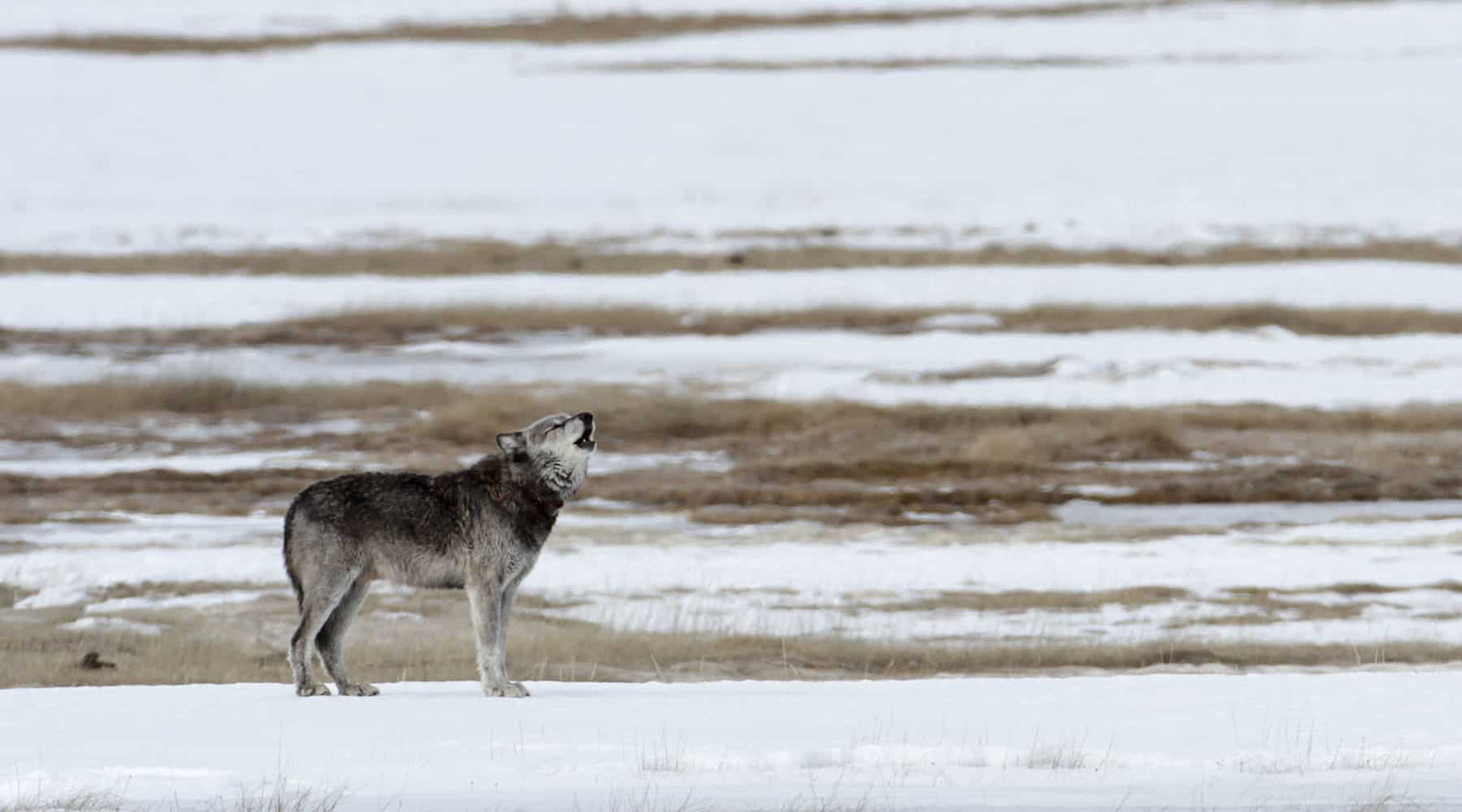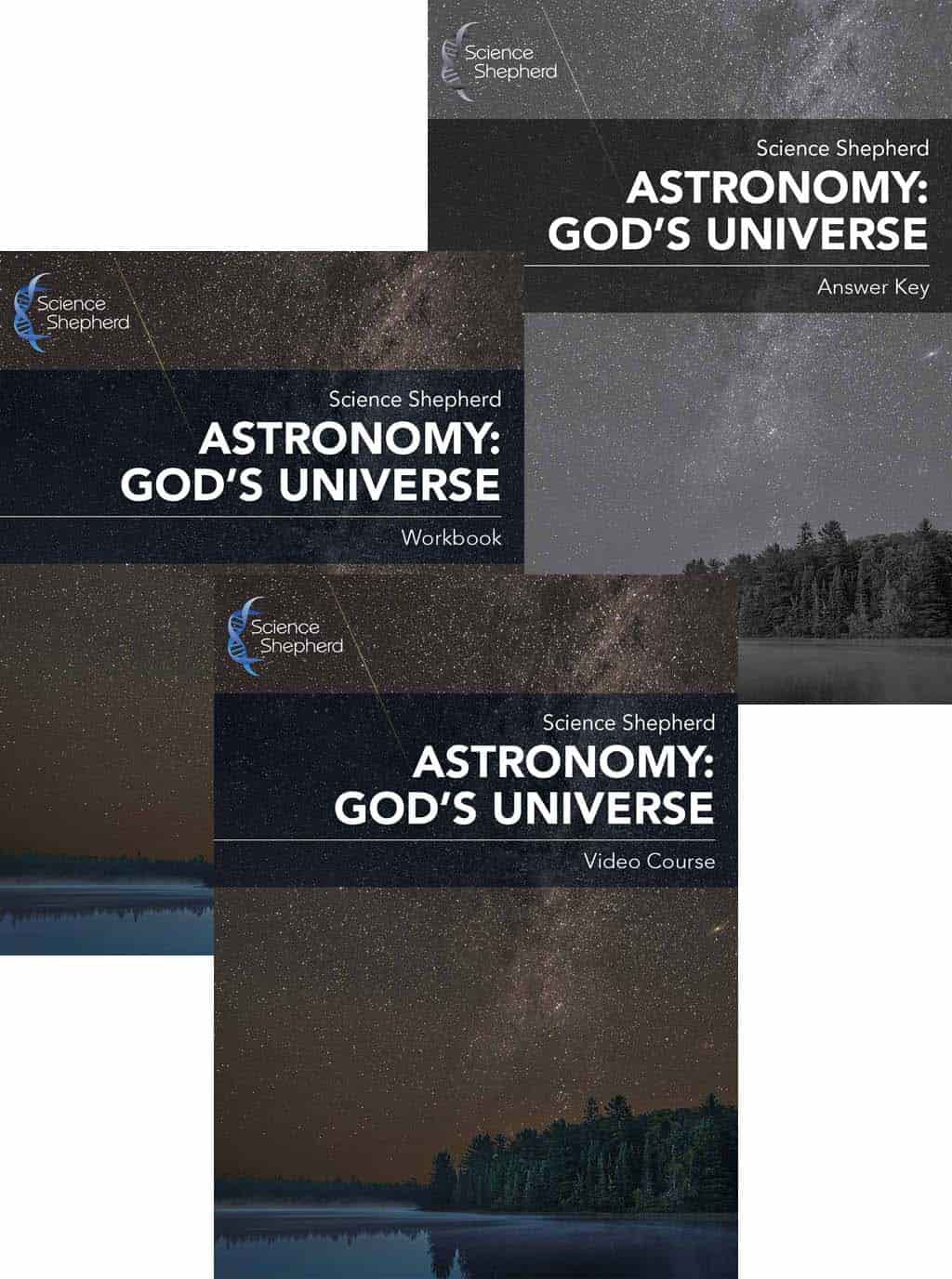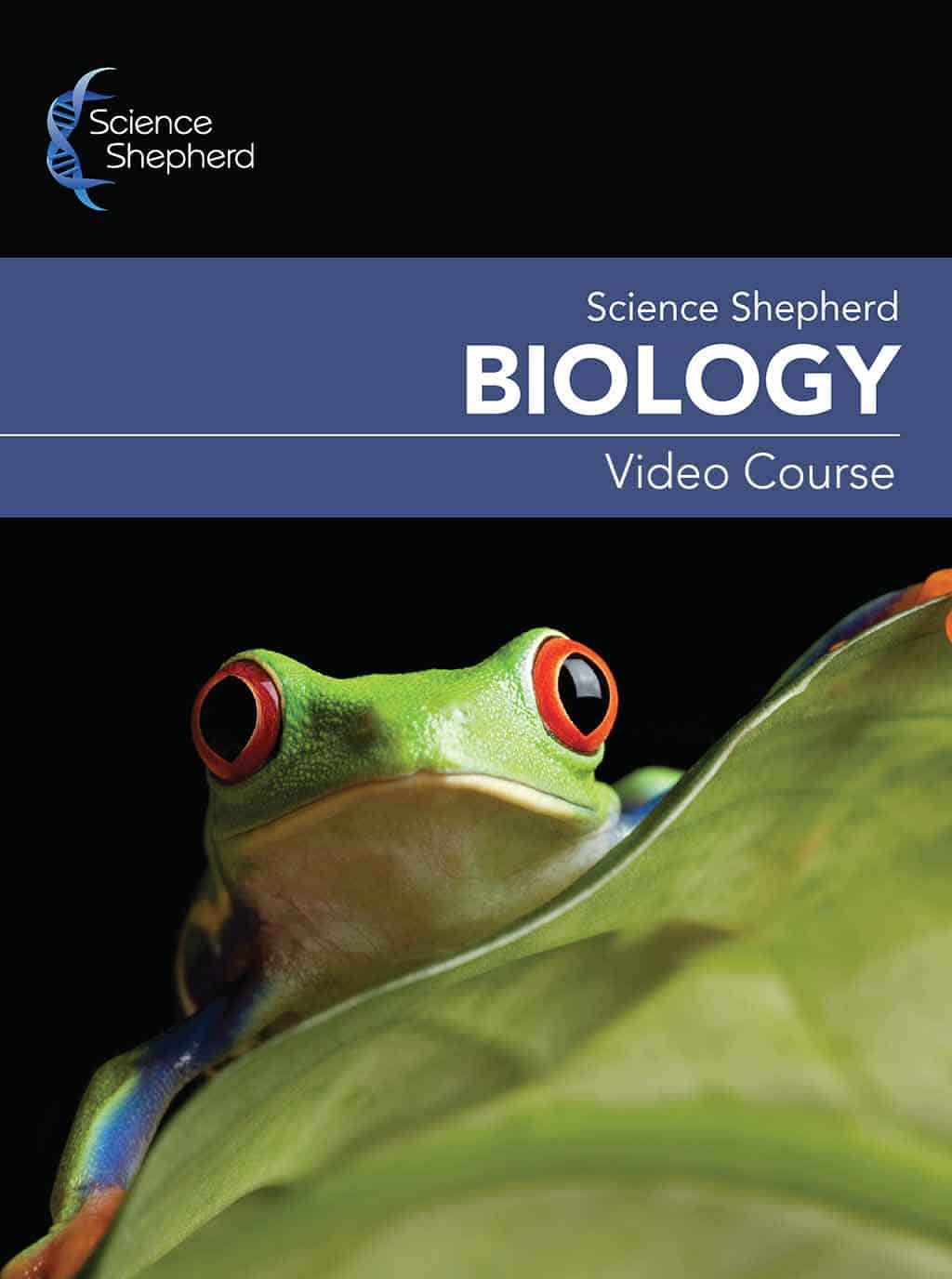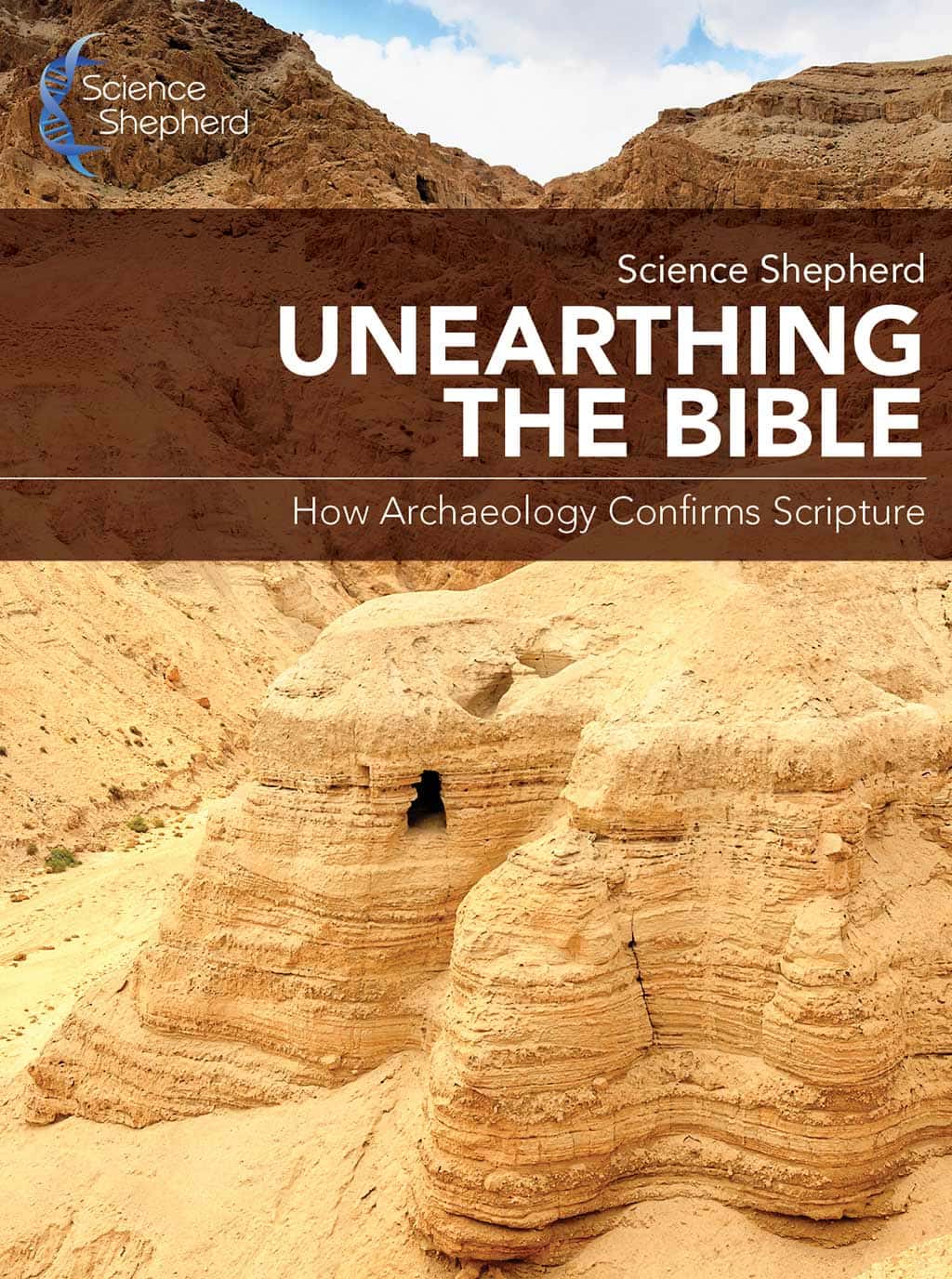Creationism and Adaptation
by Dr. Scott Hardin MD September 30, 2025 4 min read

Thinking Biblically About Genetics
We recently received received an email from a family interested in learning more about how genetic variation and adaptation fit into a creation worldview. They ask,
My children and I have a question regarding evolution and creationism. It is in reference to the animals reproducing and making like kinds. What about the variances and adaptations to environments that some animals have gotten over the years?
The overall concept is that God is 100% sovereign over His creation and knows exactly what DNA each kind needs to fulfill whatever plan He had for them to fulfill before the beginning of human time.
Biologically, whether one believes creation or evolution, the ability to produce variation in how a kind of organism looks and behaves is a property of that kind's DNA. Depending upon the various environmental pressures populations of individuals within a kind are exposed to (colder weather, hotter weather, drier climate, wetter climate, lots of food, little food, etc. etc.), their DNA either allows the populations of individuals of the kind to adapt to the environmental conditions so those individuals of the kind lives on to pass their DNA allowing them to adapt to their offspring or it doesn't so those individuals don't pass on their DNA to their offspring because they die.
For example, drought conditions may favor a larger body size for the individuals within a certain kind. In no populations are individuals of a kind the EXACT same size; there is already size variation. In the drought conditions, then, the larger organisms are favored so that they are more effective at living and breeding to pass on their DNA that contains the traits for larger body size to their offspring, while those individuals with DNA that gives them smaller body size don't do that. This happens generation after generation. Over many generations, then, we would find that the average size of the individuals within that kind are larger after being exposed to decades of drought conditions as opposed to the average sizes before the drought. This has in fact been observed to happen with the Galapagos finches, but this is NOT evolution (as I will explain below). It is simply environmental adaptation that occurs based upon genetic variability that already exists within a kind. And it does NOT take a "long time" to happen, either. The change in body size among the Galapagos finches due to extreme drought I described took less than 10 generations to scientifically observe and document. It was "VERY FAST" in the eye of the evolutionist. The concept of "speed of change" is irrelevant in the creation paradigm, but in the evolution paradigm it must be painstakingly S-L-O-W.
Finches and Variation
Want to learn more about the Galapagos finches and genetic variation?
Read part 2 of our natural selection series to better understand what was observed in "Darwin's finches".
Both creation and secular scientists believe that all dog varieties we see today are descended from an ancestral population that probably looked a lot like grey wolves. This ancestral population had built in ability to vary and adapt to different environmental pressures they were exposed to, as I explained above for Galapagos finches. Over time, as the ancestral grey wolf-like populations branched out and moved into different environments, their built-in ability to adapt caused them to so do, and that changed the way they looked and behaved. Some grew shorter hair, some longer. Some grew larger, some smaller. Some became more aggressive, some less. Etc. All these changes were driven by their already-existent DNA that controlled the development of their already-existent traits. Humans then domesticated them and accelerated their abilities to change and adapt through selective breeding.
So today we have many different varieties that we call "dogs", from tiny chihuahuas to gigantic Great Danes, as well as the ancestral grey wolf, but they are all still varieties within the dog kind. They can, and do, interbreed because all varieties within the "dog kind" have dog DNA. They are dogs, the "dog kind". They don't have cat or rhino or frog or giraffe DNA. They are all the dog kind because they have dog DNA. Through the process of forming varieties within a kind, no new DNA is ever formed so that new, never-before-in-existence traits form. No new kind is EVER created in this variation/adaptation process. It is simply the built-in ability of a kind's DNA to form varieties within that kind based upon environmental (or human selective) pressures. This adaptation process doesn't cause dogs to develop into anything other than dogs, nor does it cause bacteria to change into amoeba into fish into amphibians into reptiles into birds into mammals into people. All kinds reproduce within their kinds while at the same time adapting to environmental/selective breeding pressures and so sometimes develop new varieties within a kind . . . but all those varieties are still of that kind.
Analytically thinking evolutionists know this. Atheist biologist Lynn Margulis, who wrote many high school and college level biology textbooks, clearly stated that the process of populations within kinds developing adaptations/variations in appearance and behavior does not cause new kinds to form. So much so that she openly disavowed the process as "how evolution works". For evolution to occur, there must be some genetic mechanism for new information to form from the old information, so that the development of new, never-before-in-existence traits can form, which would then differentiate the new kind from the kind it "evolved from"--some genetic mechanism that causes fish DNA to turn into amphibian DNA. No such mechanism exists, which, as mentioned before, a lot of evolutionists like Dr. Margulis know.
Until next time!
Science Shepherd
Sign-Up Today!
Subscribe for the latest news and receive 10% off and a FREE resource!
Recent Articles
10% Off Your Next Order
Subscribe to our newsletter and we'll send you a code for 10% off an order
plus a free download of 5 Scientific Ways Your Kids Can Defend Their Faith.










